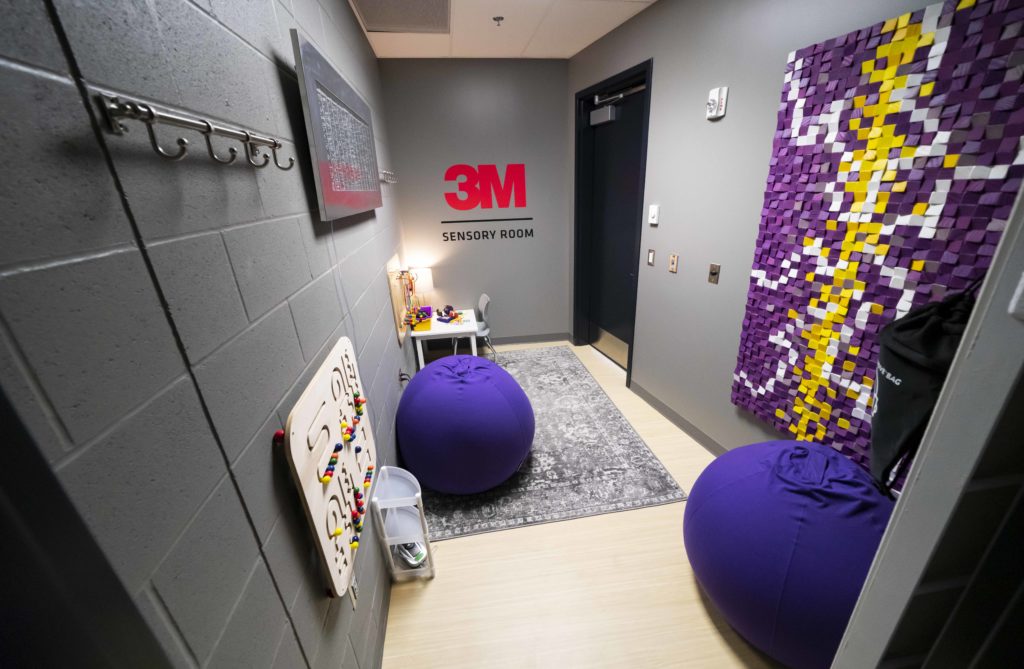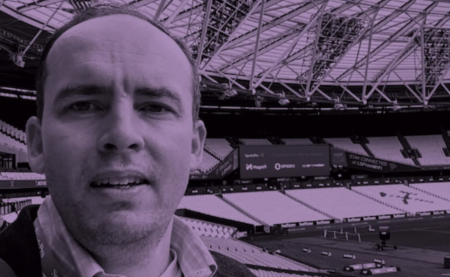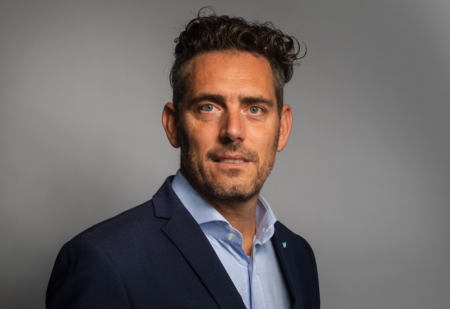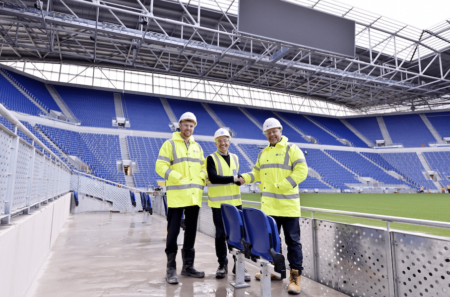Uma Srivastava, COO of KultureCity, explains how venues can cater for individuals affected by sensory issues within the fan experience.
One in six individuals throughout the world have a sensory need. A lot of the time people think this is a condition solely related to individuals with autism but there are many other conditions from PTSD, Down’s syndrome, early onset dementia, ADHD, Parkinson’s, or anxiety, that also come with sensory issues.
It can affect all of us, and any one of us may also know someone with sensory sensitivities. Imagine if that individual was not able to attend a sporting event due to the lights, sounds, smells, and overwhelming amount of other people at the stadium. For a family going to a game it can cost a lot of money and if they’re attending with someone who has sensory issues you do not know how they are able to stay, so it can be an expensive gamble.
All this can also lead to social isolation, which for sports is the exact opposite of what we want. It’s important that every fan, regardless of ability or sensory needs, enjoys the event.
While there are some sports teams that host special game nights considerate to specific conditions, it’s not easy to be able to cater for them all. For every sports stadium it’s important to have facilities in place for individuals to ease potentially stressful situations or go and hit the reset button and return back to watch the game, rather than going home.

We are working very hard to make sure all of the NBA, NFL, NHL teams and more are bringing inclusivity to its fan experience, and in the US we’re seeing inclusivity being recognized and now being embedded into their mission.
At a minimum, KultureCity works with teams to provide the availability of sensory bags that include noise-isolating headphones, various fidgets, and cue cards. We also work with venues to ask that at least 50% of its frontline staff, such as those working in ticketing or security, are trained and certified to be able to handle sensory inclusivity.
The next step are sensory rooms. They’re not mandatory, but if a stadium has the space then we will perform a consultation with the operator and look at wall color and elements of the room such as activity panels, sensory panels, lighting, and make sure the room is not too claustrophobic or not too big like a playground.
We have over 350 venues inclusive in four countries. US, Canada, Australia and England. In the US there are over 20 sensory rooms including at teams such as the Minnesota Vikings and Philadelphia Eagles. Nine of those are in the NBA, including at the Fiserv Forum, Golden I Center, while a further 24 teams have had training. It’s becoming a big movement.
Sports venues internationally, though, have got a little bit of work to do. When the MLB did its London Series, we made the venue inclusive by coming to train the staff and we’re looking at bringing this to London Stadium on a permanent basis. We’re also doing the same for Fulham FC, which is in the process of developing a sensory room that will be the first fully-inclusive sensory room in English Premier League soccer. We’re hoping more teams are going to raise their hand to join in the movement. In Australia, Marvel stadium has introduced a sensory room, so we’re seeing the popularity beginning to spread out there.
Sensory inclusivity amenities need to be standard everytime a new venue opens or a new project comes up. In the NBA and NFL we’re seeing big commitments, as well as from the MLS and NHL. Now, this is spreading to other continents and sports, so I believe we are heading in the right direction to support this cause.
KultureCity is a non-profit based in Birmingham, Alabama, founded in 2013 that is dedicated to fight for inclusion and acceptance of all individuals regardless of their unique abilities. Its work within the sports sector has seen it work with professional sports teams in the US, UK, and Australia to provide resources and guidance on sensory inclusivity.





